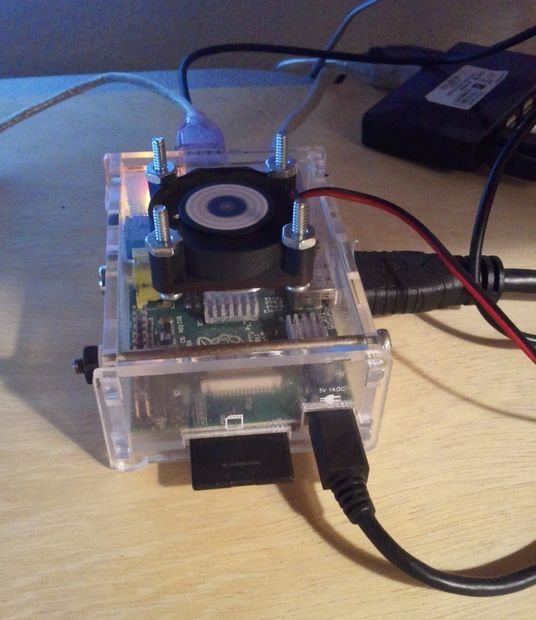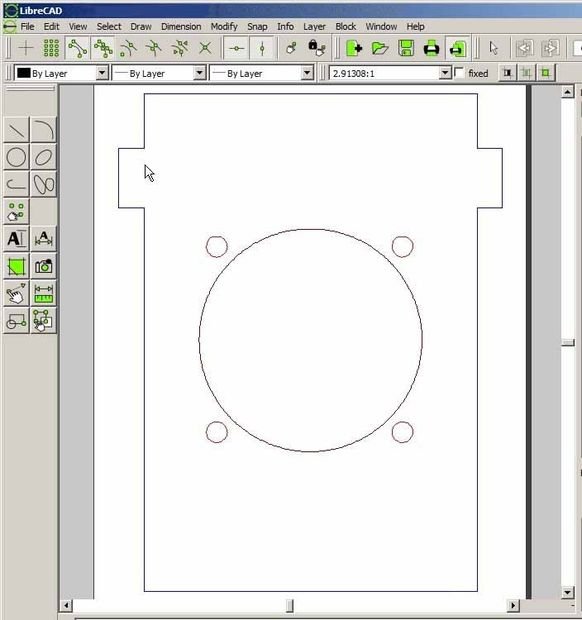I purchased an inexpensive snap-together acrylic case for my Raspberry Pi from a seller on eBay. Overall I was happy with the case, but although this case has holes for passive air circulation I noticed that after running the Pi in the case that some of the chips were running a bit warm (even with heat sinks installed). Since this Pi will be running a web server 24/7, I decided to design a new top which accommodates a small (quiet and low air flow) cooling fan.
NOTE: When installing and setting up the software I referenced the following 2 instructables:
http://www.instructables.com/id/Host-your-website-…
http://www.instructables.com/id/Raspberry-Pi-Web-S…
I primarily referenced the first instructable, but I used nginx rather than Apache server software and I referenced the second instructable for the nginx installation and setup.
NOTE: Since I made this project, I have found several cases that are available on eBay for the new Raspberry Pi2 and B+ that include a small fan. The Pi2 uses a 900 MHz ARMv7 quad core whereas the older Pi uses 700 MHz ARMv6 single core
Step 1: The Original Case
This picture shows the original case. It can be snapped together (no glue or fasteners are needed) in a few minutes.
Step 2: LibreCAD Design of a New Case Top
LibreCAD is a free (and very capable) 2D CAD application that runs on either Windows, Mac OS X and Linux (so it is possible to run LibreCAD on the Raspberry Pi to redesign its own case). I used a caliper to take measurement from the original top. I did not include the I/O access slots from the original case since I will not need these for my application of this Pi. I also did no include the hinge tabs from the original case. The new top is just be held in place by gravity and it can easily be removed if needed.



